Physics at the Universe’s Limits
How new developments in measuring the highest-energy particles and earliest signals from the Universe are teaching us what all this is.
Big questions in the field of Cosmology are often granted significant attention in science writing, and with good reason. Unpacking the mysteries of Dark Energy, the source of our Universe’s accelerated expansion, is perhaps one of the biggest outstanding questions in science today. Dark matter, particles which help explain a wide range of observed peculiarities in the Universe (see here, for example), continues to elude scientists searching for direct evidence of its existence. Black Hole physics, with its space-time bending paradoxes and recent attention at the box office in Interstellar, is always good for providing a “whoa….” moment.
All of these topics are active areas of research within the Cosmology community, on top of being grand concepts that capture the attention of people outside of the research realm. But visit any university with an active Cosmology group or attend a conference with a focus on Cosmology, and you will hear talks about other inspiring areas of science that are pushing against the outer edges of human knowledge, from inflationary theories to gravitational wave detection and beyond. In popular-science writing they get comparatively little attention, if any at all, relative to the Big Three: dark matter, dark energy, and black hole physics. Here, I’ll be outlining two Cosmology sub-fields — understanding the nature of Ultra High Energy Cosmic Rays and the quest to map the Universe’s “Dark Ages” — and I’ll explain why they deserve just as much press.
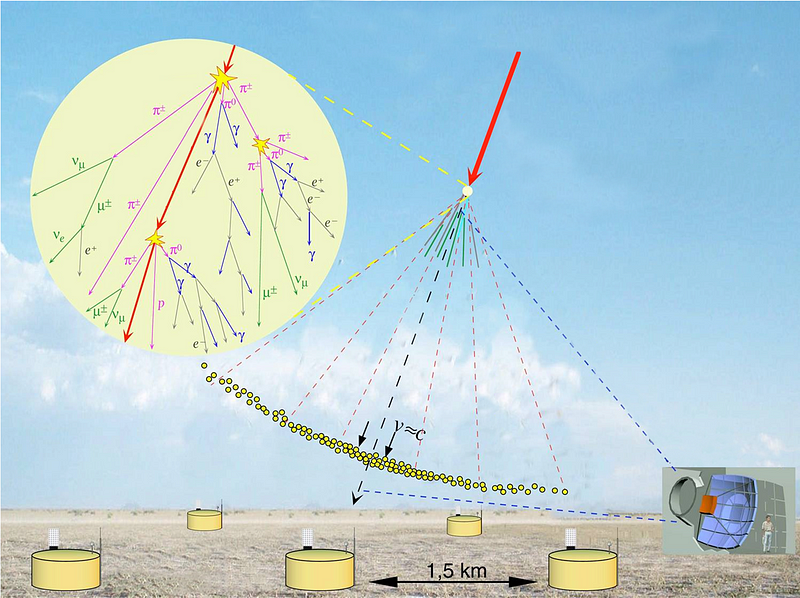
Ultra High Energy Cosmic Rays
The Earth’s atmosphere is being constantly bombarded by particles from every direction in space. These particles aren’t like meteorites or space debris, but, as far as we know, single particles or atomic nuclei. Beyond that distinction, we haven’t yet been able to pinpoint exactly what particle, because we don’t measure the incoming cosmic rays directly. When a cosmic ray enters the atmosphere it collides with other particles in the Earth’s atmosphere. The collision sets off a chain reaction of secondary particles being produced, which rain down on the Earth over a huge surface area in an event called particle “showers”. We’ve built cosmic ray-shower detectors that cover around 1000 square miles — the Pierre Auger Observatory in Mendoza, Argentina. Their detector tanks are able to precisely measure when the shower particles interact in tanks across the detector array, so that they can reconstruct the incoming direction and energy of the cosmic ray that triggered the event.
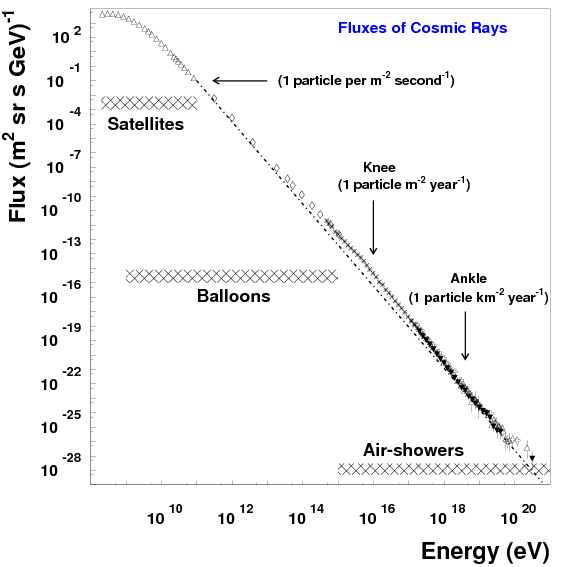
The cosmic rays observed by Auger span an immense range of energies, covering a little more than 10 orders of magnitude (meaning the highest energy cosmic rays have about 10^10 times more energy than the lowest-energy ones). The cosmic rays at the highest energy range, which are referred to as the Ultra High Energy Cosmic Rays (UHECRs), have about 1 Joule of energy per particle. This is roughly the energy it takes for you to lift your coffee mug from your desk to your mouth to take a drink, but remember that all that energy is entirely contained in one subatomic particle.
For some additional scale, the energy of the Large Hadron Collider, the biggest and most powerful particle collider ever built, operates at about 10^-6 Joules. The UHECRs we observe have 1,000,000 times more energy than the most energetic particles from the LHC!
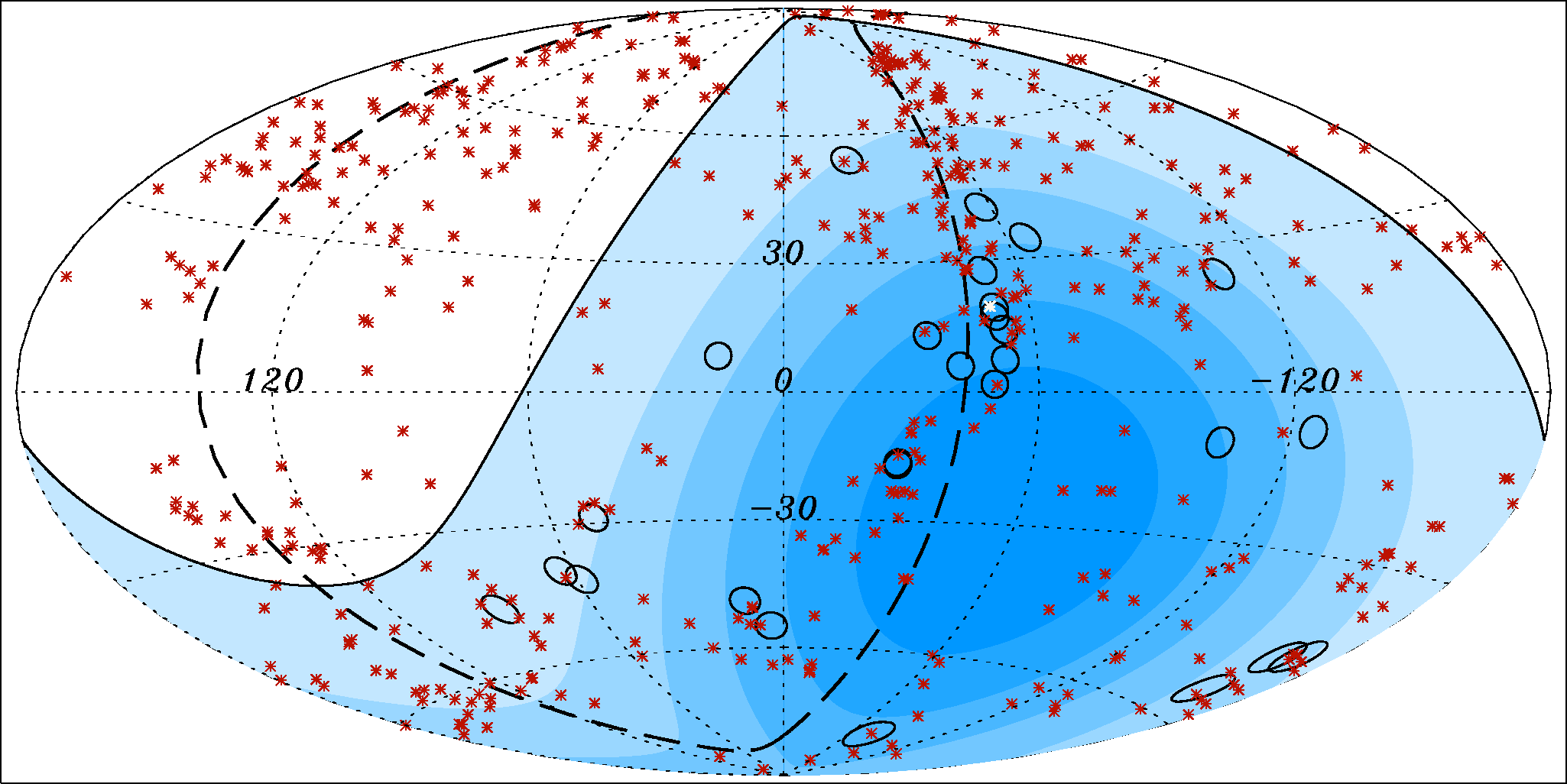
We have observed a trend in the energies of the incoming cosmic rays, notably that we see many, many more of the low-energy cosmic rays than the UHECRs, to the tune of around 1 UHECRs for every 10^6 intermediate energy cosmic rays in a square kilometer in the course of a year. This, in part, makes it hard to pinpoint exactly which astrophysical objects the UHECRs are coming from, since we measure them so infrequently. It also makes it difficult to tell what might be accelerating these cosmic rays to extreme energies. So far theories include supernovae explosions, neutron star mergers, matter acceleration acceleration by black holes and gamma ray bursts, among other more exotic explanations, but no single explanation has been confirmed as the source.
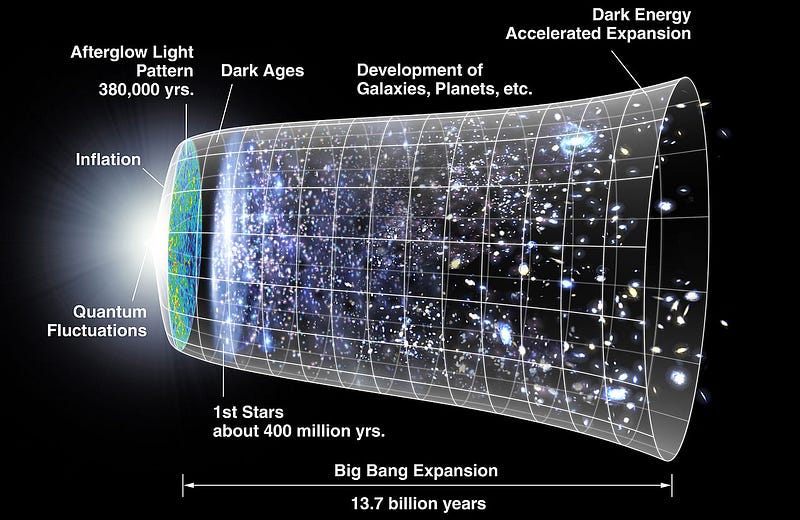
21 Centimeter Emission
After the formation of the Cosmic Microwave Background (which we outlined in Parts 1 and 2 here), the Universe fell into dark times: the aptly named “Dark Ages”. This was a period in the evolution of the universe where there was no bright, luminous matter. No stars, galaxies, supernovae, pulsars, quasars, or anything else that emits visible, UV or X-ray light. In short, there was nothing for us to look out with our telescopes and see.
But ordinary matter in the form of neutral light elements — most abundantly hydrogen — was out there collapsing and clumping. Some of these clumps later formed stars and galaxies, while others remained as diffuse gas. At present, our best way of mapping the distribution of ordinary matter and gathering observations that inform our models of how the Universe has evolved, is to look at all of the bright stuff. But how to inform ourselves, then, about the Dark Ages? It leaves those time periods, along with areas of the Universe where the matter hasn’t ever collapsed into luminous objects, relatively inaccessible.
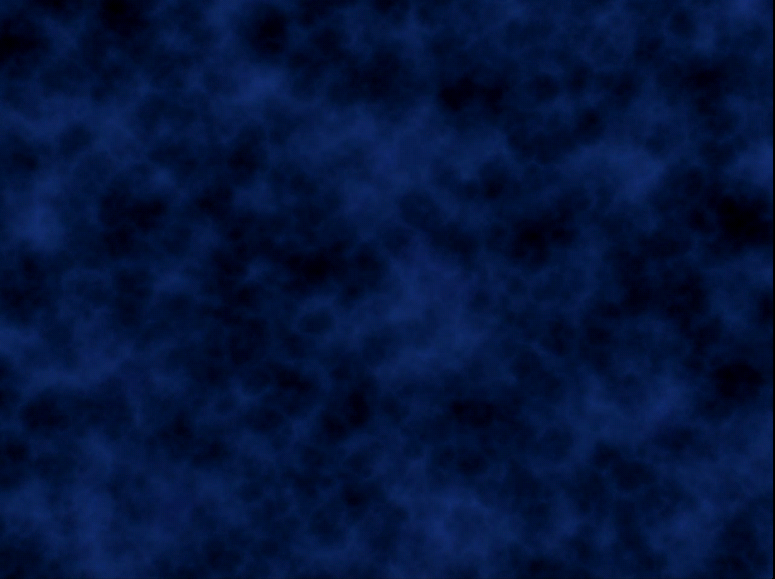
One promising avenue for mapping the dark ages involves measuring the 21-centimeter transition of neutral hydrogen. hydrogen is made up of one proton and one electron, both of which have a property called spin. The relative alignments of the proton and electron’s spin (meaning if they are both pointing in the same direction or pointing in opposite directions) has an effect on the hydrogen atom’s energy. Spins pointing in the same direction (aligned) is a slightly higher energy state than spins pointing in opposite directions (anti-aligned). Objects want to be in their lowest possible energy states, so a hydrogen atom with aligned spins will spontaneously flip, so that they are anti-aligned. Because this is a lower energy state and energy is conserved, a light wave, or photon is released. The exact amount of energy from this aligned-to-anti-aligned transition is well known, so we know precisely what photon wavelength will be emitted — it turns out to correspond to 21 centimeters.
Our expectations of how bright this 21-centimeter emission is depends significantly on what’s happening around the neutral hydrogen clouds, which makes it a phenomenal probe of all sorts of physics. For example, when a newly formed star starts shining nearby, we will measure a characteristic feature in the emission spectrum that corresponds to the time the star turned on. We currently have little data telling us anything about the first moments of star formation, which we expect happened at times around 400 million years after the Big Bang, and perhaps significantly earlier. Further, observing a feature like this will help us answer one major unknown in Cosmology: why the Universe we see today is so ionized, meaning the gas clouds we observe have positively charged atoms, rather than neutral ones. Formation of the CMB tells us that the atoms in the Universe were neutral early on, so something must have given the neutral gas a zap. We just don’t know when it started or where.
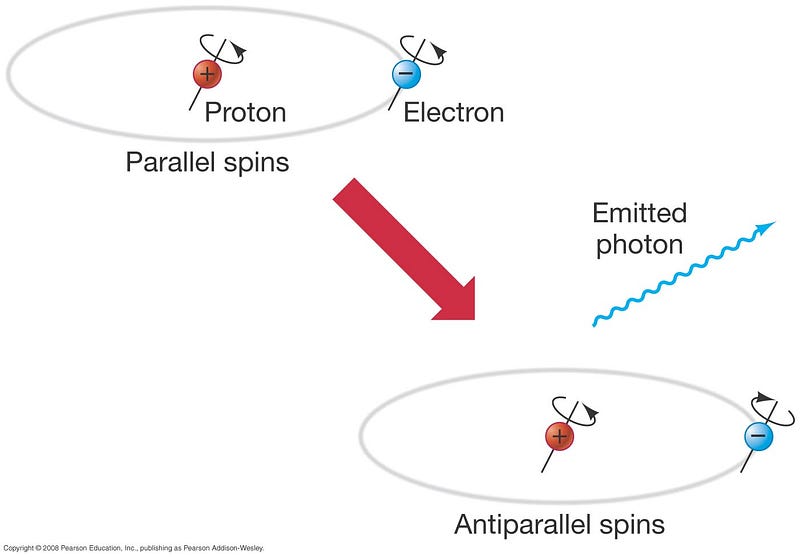
Okay, great! Lets go out and measure all of the 21-centimeter light waves and we’re happy, right? It’s not quite that easy. Part of the reason we know when in the Universe’s history a photon was emitted is from it’s redshift. Because space in the Universe is expanding, the wavelengths of photons traveling in that space are stretched along with it. So, a photon with a 21-centimeter wavelength emitted 13 billion years ago will have a longer wavelength than one emitted 1 billion years ago, since the first photon has seen 12 billion more years of the expansion of space. But, we know exactly how to calculate the redshifted wavelength of an emitted photon, so we know what epoch it came from based on the wavelength we measure now.
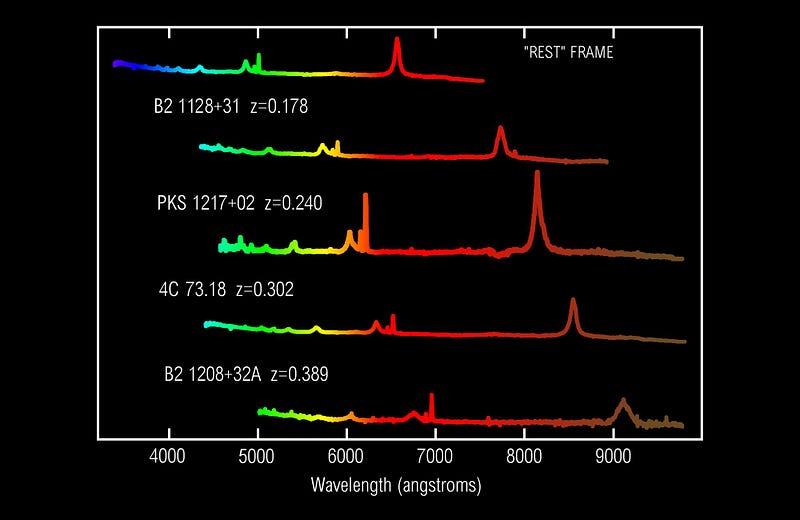
There are 2 major hurdles that scientists working on observing 21-centimeter emission (also often called “intensity mapping”) are working hard to overcome. The redshifted photons that were emitted from the Dark Ages at 21 centimeters are now have wavelengths around 1 meter or so. Using the relation that photon wavelength = 1 / photon frequency, these cosmic photons will have frequencies around 1 GigaHertz. This is exactly in the same range as FM radio station emission that you tune into on your drive to work. The human broadcast radio signals completely wash out the cosmic radio signals, so any 21-centimeter observatories will have to be either in radio-quiet spots on the planet or, if you’re very ambitious, from space. In fact, one of the best spots for an observatory would be the dark side of the moon — synchronous rotation keeps the dark side hidden from Earth, and therefore provides a permanent shield from our radio broadcasts.
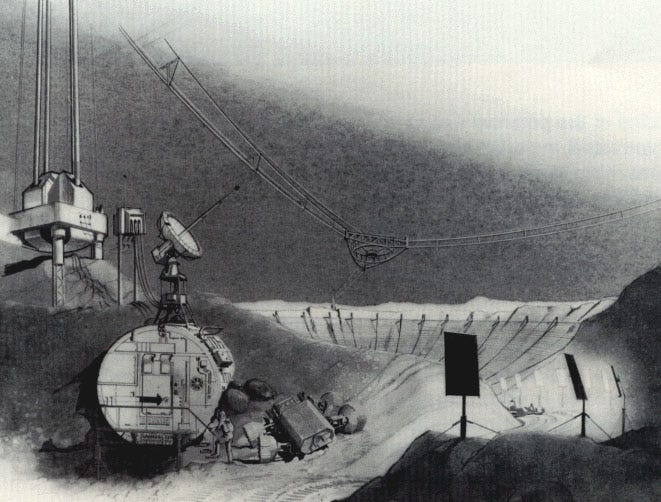
But back on Earth, it gets more challenging from there. In order to escape the effects of unwanted visible light if you’re looking through an optical telescope, you just need to stand in the shadow of something to block out sources you don’t want to observe. To find especially dark places you could use the curvature of the Earth as your shadow, meaning if you travel far enough away from a bright city so that you can’t see it over the horizon, the Earth itself is blocking the light for you. With this particular frequency range of radio waves, however, even this isn’t good enough. The upper atmosphere acts as an excellent reflector of the radio emission you want to escape, such that even hiding the unwanted source behind the horizon won’t provide a quiet enough spot. One experiment for measuring the 21-centimeter intensity from the Dark Ages, called SCI-HI, is prototyping detectors now and has found one of the most radio-quiet, accessible areas to be Isla Guadalupe, Mexico. It’s in the Pacific Ocean, about 150 miles off the Mexican coast.

Cosmology is an active, captivating field of research, even beyond the standard pop-science focus of dark matter, dark energy, and black hole physics. The two topics outlined above barely begin to dig deeper into the questions cosmologists are searching to answer. Because coverage of science news is often catalyzed by splashy results or conclusions, it can often feel as though we’re zoning in on the last few big questions of how our Universe has evolved. Instead we are standing at a precipice, looking down into a gulley of new frontiers in Cosmology that we’ve only begun to explore, waiting for our eyes to adjust.
This article was written by Amanda Yoho, a graduate student in theoretical and computational cosmology at Case Western Reserve University. You can reach her on Twitter at @mandaYoho.
Have comments? Leave them at the Starts With A Bang forum on Scienceblogs!





